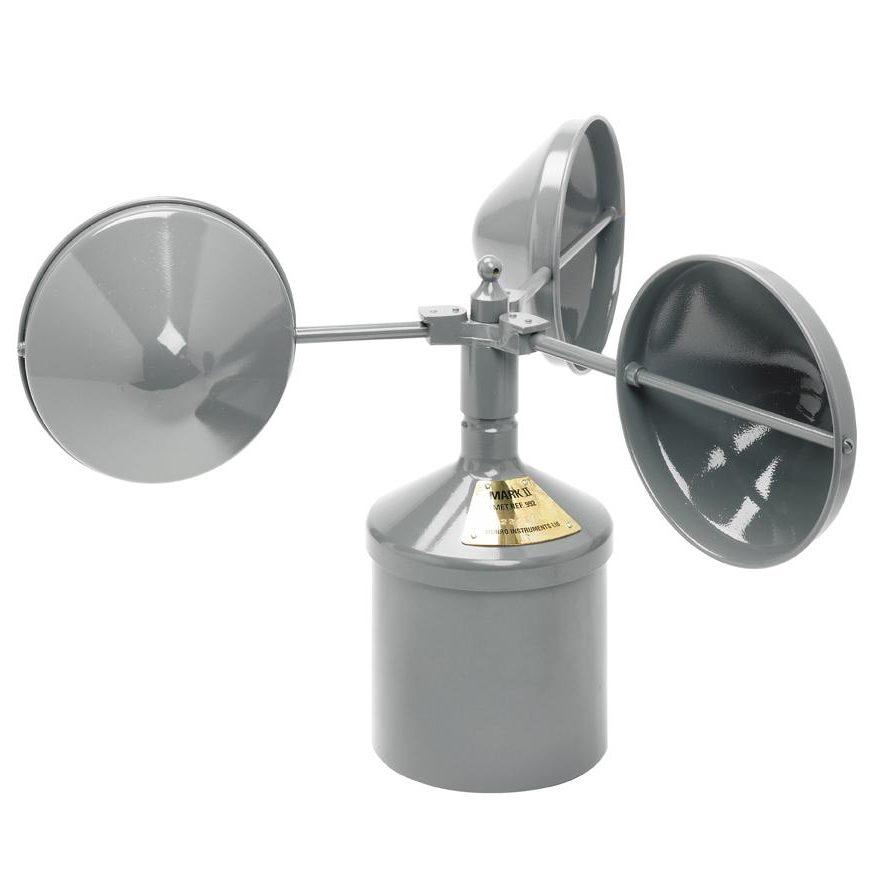Comprehending Various Kinds Of Anemometers for Different Applications
Comprehending Various Kinds Of Anemometers for Different Applications
Blog Article
Discovering the Features and Advantages of Anemometers for Climate Lovers and Experts
Anemometers stand as critical devices in the world of weather condition tracking, catering to both lovers and experienced experts alike. These devices provide a window into the dynamic world of wind patterns and rates, giving invaluable data for meteorological analysis and forecasting. From cup anemometers to sonic anemometers, each kind brings its one-of-a-kind collection of applications and advantages, dropping light on various aspects of weather. As we dig into the features and advantages of anemometers, a much deeper understanding emerges not just of dominating weather condition phenomena but additionally of the more comprehensive implications for sectors like wind energy manufacturing and ecological research study.
Importance of Anemometers in Climate Monitoring
Anemometers play an essential function in weather condition tracking by providing accurate measurements of wind speed, helping in projecting and understanding weather condition patterns. These tools, ranging from conventional cup anemometers to contemporary ultrasonic anemometers, are crucial for meteorologists, scientists, and climate fanatics alike.

Types of Anemometers and Their Applications
The most typical types of anemometers consist of cup anemometers, vane anemometers, hot-wire anemometers, and ultrasonic anemometers. Mug anemometers consist of three or four mugs mounted on straight arms that rotate with the wind, gauging its speed. Vane anemometers, on the various other hand, make use of an easily revolving vane to line up with the wind instructions, offering both wind rate and direction dimensions.
Each kind of anemometer has its unique advantages and applications. Mug anemometers are robust and ideal for general climate tracking, while vane anemometers are preferred for directional measurements. Hot-wire anemometers are sensitive to reduced air velocities, making them ideal for interior environments. Ultrasonic anemometers are non-intrusive and use high accuracy, commonly used in research study and specialized climate monitoring applications. Recognizing the qualities and applications of each kind of anemometer is crucial for choosing one of the most appropriate instrument for particular climate keeping track of demands.
Advantages of Using Anemometers in Forecasting
In weather forecasting, the utilization of anemometers offers important advantages for enhancing the precision of climate projecting. Anemometers measure wind speed and instructions, giving critical information for forecasting weather condition patterns. this link By integrating wind information right into forecasting models, meteorologists can much better recognize the motion of weather condition systems, anticipate modifications in weather, and concern a lot more exact forecasts.
Moreover, anemometers play an essential function in examining prospective weather condition hazards. Monitoring wind speeds helps forecasters anticipate severe climate occasions such as cyclones, tornadoes, and winter months tornados with better accuracy. This early caution system enables authorities to release timely alerts and carry out necessary security procedures, decreasing the risks to life and residential or commercial property.
Additionally, anemometers help in optimizing renewable resource manufacturing. By examining wind patterns, meteorologists can recognize appropriate areas for wind farms and forecast power output, adding to the efficient generation of wind power.

Anemometers in Wind Energy Production
Offered the critical role anemometers play in offering exact wind data for weather condition projecting and threat assessment, their importance prolongs to the world of wind power manufacturing. Anemometers are important instruments in the area of wind power, where the dimension of wind rate and more tips here direction is essential for establishing the usefulness and efficiency of wind turbine installments. By accurately gauging wind rates at differing heights, anemometers help optimize the placement and design of wind turbines to maximize energy outcome.
In wind farms, anemometers are tactically placed to collect real-time wind data that is used to evaluate the prospective energy production of a site. This data contributes in identifying the economic viability of wind energy projects and in projecting power generation to make sure grid security. Furthermore, anemometers aid in keeping an eye on wind conditions to optimize generator efficiency, stop damage from high winds, and guarantee the safety of employees functioning in the area of wind turbines.
Enhancing Weather Recognizing With Anemometers

Anemometers play an essential function in improving our understanding of microclimates. These localized weather can differ considerably from wider regional forecasts, making it vital to have exact information for specific areas. anemometer. By purposefully placing anemometers in numerous areas, scientists can collect detailed details on just how wind acts in different terrains, city atmospheres, or bodies of water
Additionally, anemometers contribute to improving weather forecasting models by providing real-time data on wind behavior. This details is particularly beneficial for anticipating extreme climate events, optimizing farming methods, and supporting markets like aeronautics and maritime navigating. Overall, anemometers are important instruments that allow us to dig deeper into the intricacies of climate systems, ultimately bring about more better-informed decisions and exact predictions.
Conclusion
Finally, anemometers play a vital role in climate monitoring and projecting by measuring wind rate and direction. They are crucial tools made use of by weather condition fanatics and experts to collect accurate data for predicting climate patterns and evaluating possible impacts. Anemometers likewise have applications in wind power production, additional highlighting their value in both meteorology advice and renewable energy fields. Generally, anemometers add to enhancing our understanding of weather condition sensations and improving forecasting abilities. anemometer.
From mug anemometers to sonic anemometers, each type brings its distinct set of applications and benefits, dropping light on different elements of atmospheric conditions. These instruments, varying from traditional cup anemometers to modern-day ultrasonic anemometers, are essential for meteorologists, researchers, and weather fanatics alike. The most typical types of anemometers consist of mug anemometers, vane anemometers, hot-wire anemometers, and ultrasonic anemometers. Mug anemometers are suitable and durable for general climate surveillance, while vane anemometers are preferred for directional measurements. Anemometers are crucial tools in the field of wind power, where the measurement of wind rate and instructions is important for identifying the feasibility and effectiveness of wind turbine installations.
Report this page